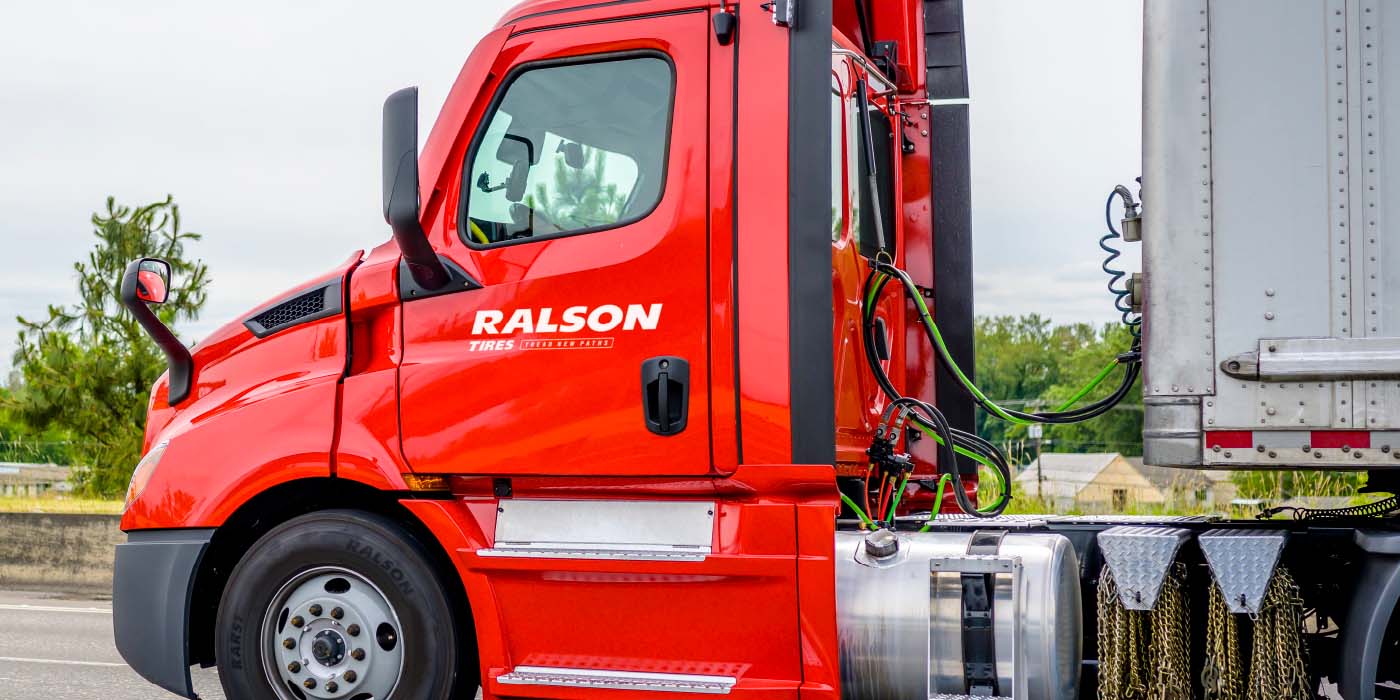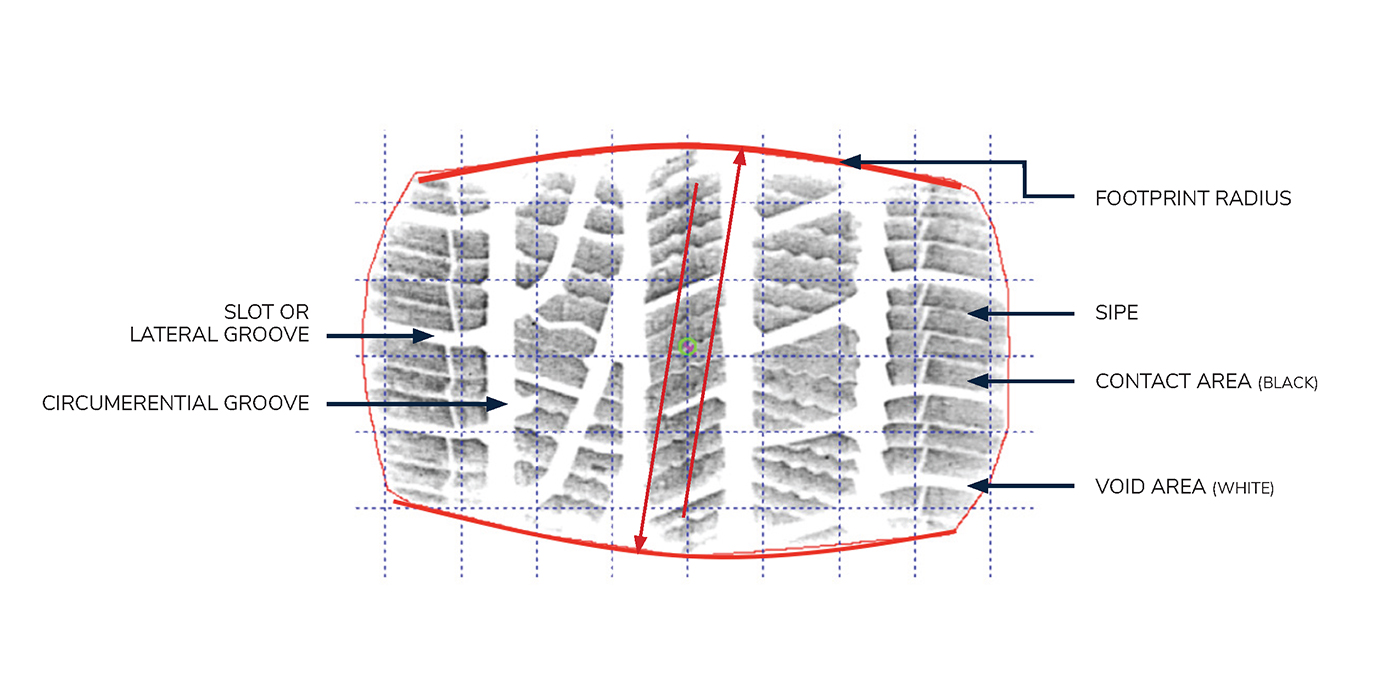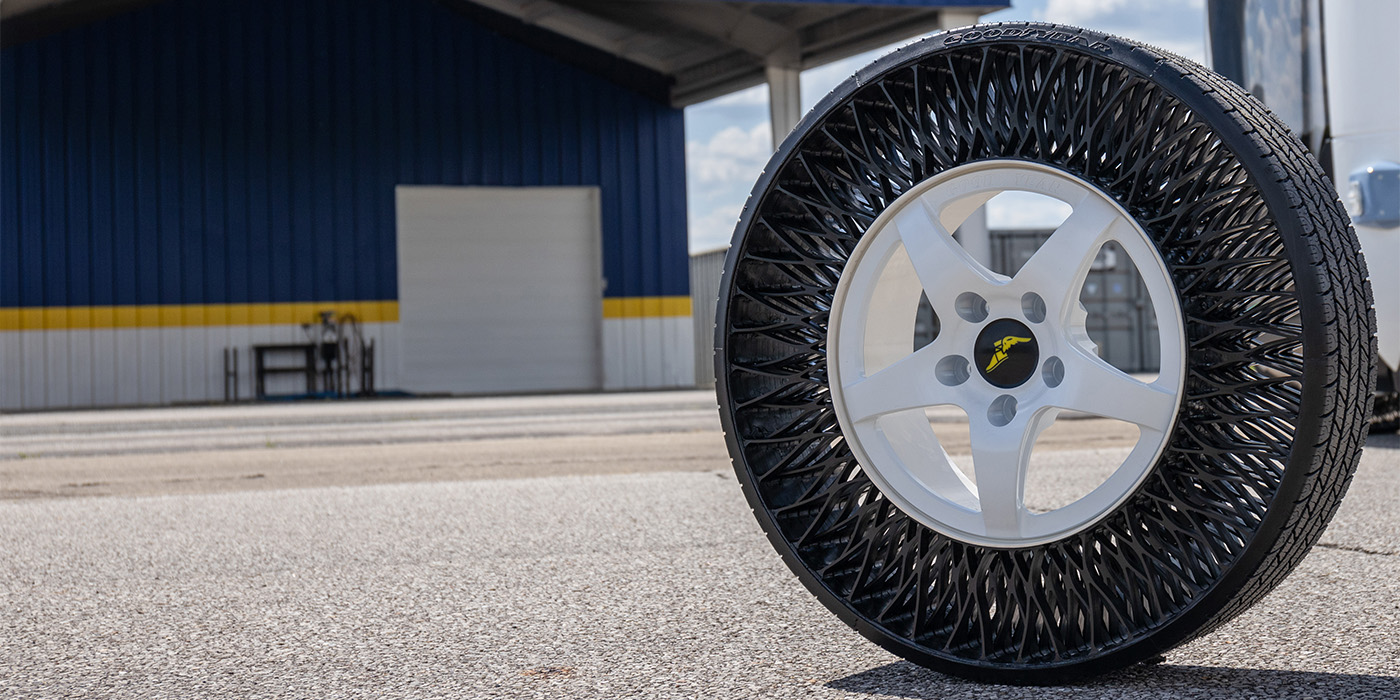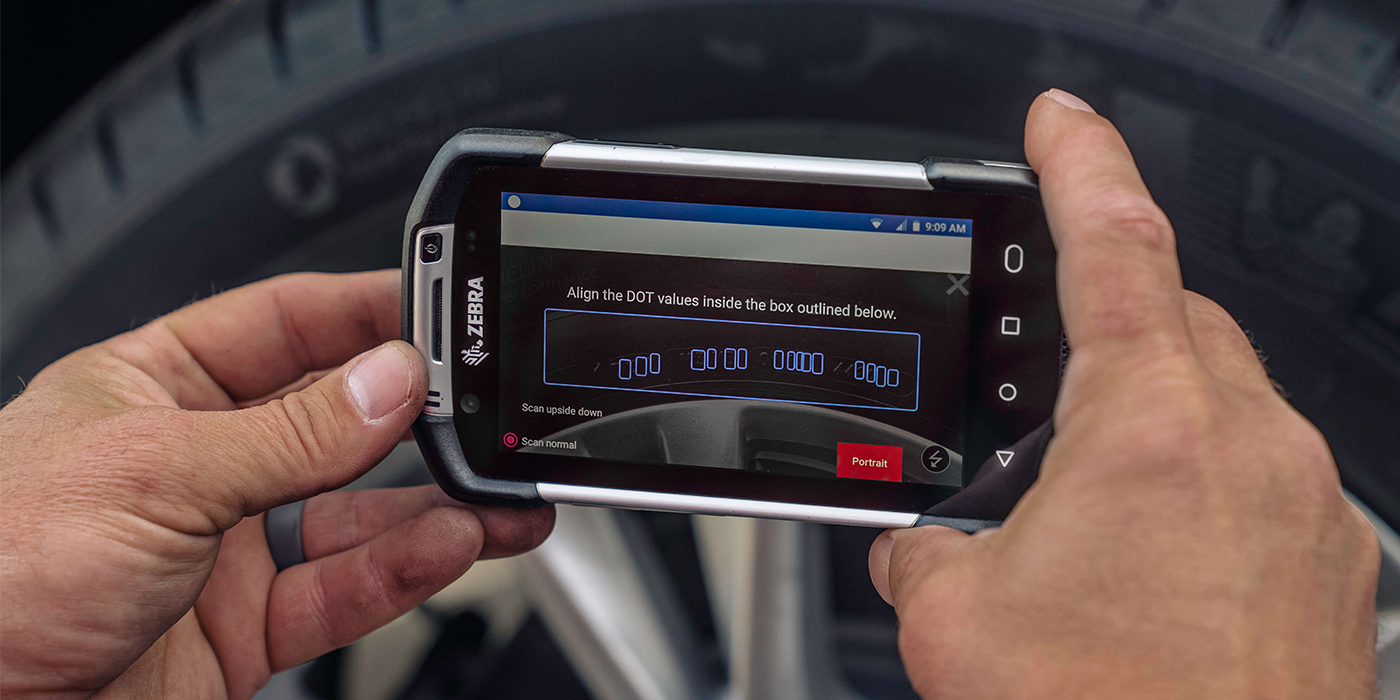You’ll see on page 8 of this issue that Tia Disagrees with my take that our industry’s two associations aren’t really speaking with each other. I will say only that, respectfully, we will agree to disagree.
That lack of relationship – not just being “in agreement” – does matter, for a lot of reasons. Real communication and shared knowledge will be important as we address tire registration, and quite soon as consider the concept of minimum performance standards.
Growing and thriving in the future requires manufacturing and distribution to work hand-in-hand, a seamless integration that puts the right products in the right place at the right time. While we’re seeing some producers looking at ways to work around independent dealers, it is hard to believe that any of them have a future without considerable reliance on tire dealers.
From a timing perspective, though, it is interesting that Pete Selleck, chairman and president of Michelin North America and current chairman of the RMA, will be the keynoter during TIA’s Tire Industry Honors event at this year’s SEMA Show/Global Tire Expo. Selleck has been quite outspoken about his (and Michelin’s) desire to see a regulatory solution to the industry’s woefully low tire registration completion rate.
At the Clemson University Tire Industry Conference in April, Selleck spoke about the subject: “We’ve got to recognize that tire performance has a huge impact on the safety of the vehicle. And in the event we have a problem, recovering as many of the tires involved in a recall is extremely important. Every tire that you can’t get is an issue…Obviously registration should be a point of emphasis for both manufacturers and dealers as a means to improve recovery rates.”
There’s that word: Safety. Maybe safety is where the real conversation needs to start.
I recently became a grandfather for the first time. And as happens with the start of a new generation, you reconsider safety. Baby-proofing the house becomes a priority. Getting the right crib and stroller and car seat is vital.
You consider every action in terms of safety. How you drive, where you go, what you eat… everything. You’ll do ANYTHING to keep that child safe, and protect all of those who are charged with raising them.
My sons are not tire junkies as I am, but they are very concerned about car safety, especially with tires. Your children, I’m sure, are the same way. And those of you blessed with grandchildren, as many of you are, know that you must help instill that same attitude in them.
Every single day, I see at least one news report about someone being injured or killed due to a tire problem – neglect, hazard or, in some cases, manufacturing problems. Those people are someone’s child or grandchild, parent or grandparent. There are many reasons why a tire might fail, but what if it was one with known problems that couldn’t be found and taken off the road?
What if it was a tire left unregistered because we chose to leave that in the hands of the consumer?
Safety is what we do, and safety is exactly why the tire registration issue is so, so important.
If safety matters to the makers and the sellers, then we need to take this opportunity to start working on a solution that both sides can agree with, that minimizes the impact on independent dealers and tire store and service shop managers everywhere, and delivers a level of completed tire registrations everyone can boast about.
If safety truly starts here, then we need to stop the “sky is falling” rhetoric that has many suppliers and dealers believing that RMA’s legislative proposal includes provisions for massive fines. Here is the very first sentence of the very first item on the front page of TIA’s spring TirePAC newsletter:
“We are currently facing a threat from manufacturers who are pushing legislation that would return tire registration to a mandatory system with fines of up to $700,000 per location for non-compliance.”
Nowhere in any proposed legislation language from RMA has there been ANY mention of fines or customer lists – or any of the other “reasons” that have been proffered against mandatory registration. What is actually on paper is simple, basic language that leaves – perhaps intentionally – much room for conversation.
Resorting to fact-free scare tactics to influence tire dealers and others in this industry is disingenuous and harmful.
Whether anyone likes it or not, the government (NHTSA and the NTSB) and the tiremakers have vested interests in a system that markedly improves the tire registration completion rate. That is, and should be, the end goal.
If safety really does matter, RMA’s “shoot first” approach is not helping an already difficult situation. Communication, cooperation and partnership on registration is the best solution, so smacking TIA with a rolled up piece of proposed legislation – when you already know what the reaction will be – is quite counterproductive.
And if safety really does matter, then it cannot be negotiable. Industry leadership needs to act less like our political parties and more like forward-thinking, safety-first-and-always business people.
We need to create a workable solution to painfully low tire registration completion rates. The core problem has always has been how many tires are actually being registered, not how many cards are passed out. So how do we fix that problem?
Unless something remarkable happens, there will be a legislative “solution” forwarded, and in the run-up to the 2016 general election, every man, woman and child in D.C. will look to look good to their constituents.
Let’s craft a way where all sides win and the end goal of safety is reached. Everyone has skin in the game, so everyone should share in the pain.
Here are some starting points:
• Every new tire should have a universal barcode or RFID tag so retailers can easily scan and capture the TIN, which should be permanently linked to the vehicle identification number. Tires normally stay with the vehicle and not with the owner, and as TIA points out, a TIN-to-VIN tire registration system would lessen the burden on retailers and close the gaps created by ownership or address changes.
• There should be a national Internet-based database so consumers can quickly and easily find out if their tires are subject to a recall.
• POS software should allow retailers to easily gather necessary data and provide the buyer with a completed copy of their registration while sending a digital version to the tire brand owner.
• And brand owners should be restricted in how they can use any tire registration data; customer information must belong to the seller, not the producer.
• Tire-company owned locations or any other tire retailer should NOT be exempt. Controlled retailers accounted for some 20 million consumer tires last year, and who is to say with certainty that 100% of those tires were registered let alone that registration cards were presented to customers.
Regulatory solutions do not need to be burdensome, and the best way to assure that isn’t the case is to have the pen in your hand at the start.
“We can – and should – do better,” Roy Littlefield, TIA executive vice president, said of the tire registration issue.
I agree. We can – and should – do better. So let’s all get to the table – any table – pick up the pens and create a safety system that is fair, fresh and meaningful.













